|
Food is a primary concern when trying to figure out how humans can survive living in space for extended periods of time and possibly explore new planets. Innovations meant to address the nutritional needs of astronauts, like preserving freshness by freeze-drying foods, have ended up in the kitchens of people living on Earth. But that’s not the only way in which space exploration has informed agricultural production.
Today in The Conversation Canada, Ajwal Dsouza and Thomas Graham at the University of Guelph detail the ways in which various astronomical sciences have had an influence on terrestrial farming. They explain that information gathered by satellites can record environmental changes and help predict the weather. And in the face of rising food insecurity and extreme weather conditions brought about by climate change, “the renewed interest in space can only benefit agriculture here on Earth by providing new opportunities to improve agriculture.”
Also today:
Regards,
|
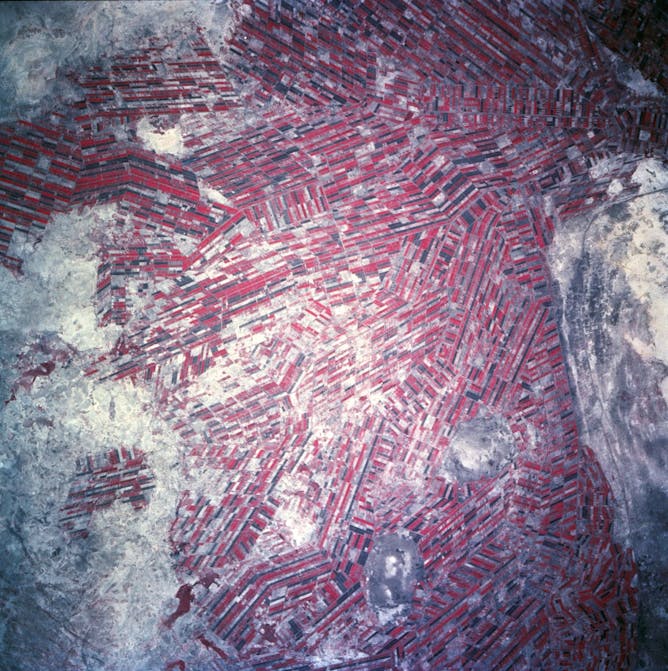
Satellite imagery monitors environmental changes to inform agricultural decisions. Agricultural patterns are distinctly visible in this near-vertical false colour infrared photography of farmland south of Khartoum, Sudan.
(JSC/NASA)
Ajwal Dsouza, University of Guelph; Thomas Graham, University of Guelph
Technologies being developed for growing food in space have contributed to advances in agriculture and crops on Earth.
|
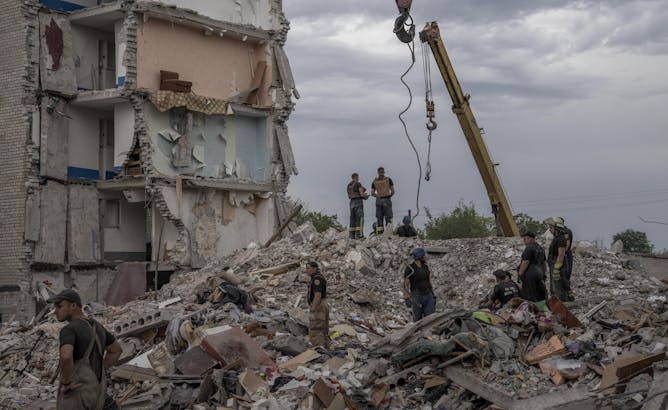
Rescue workers stand on the rubble following a Russian rocket attack on a residential apartment block, in Chasiv Yar, Donetsk region, eastern Ukraine on July 10, 2022.
(AP Photo/Nariman El-Mofty)
Christopher Powell, Toronto Metropolitan University
Those on the political left are conflicted: Supporting military aid to Ukraine involves siding with U.S. imperialism, but opposing military aid means condoning Russian atrocities in Ukraine.
|
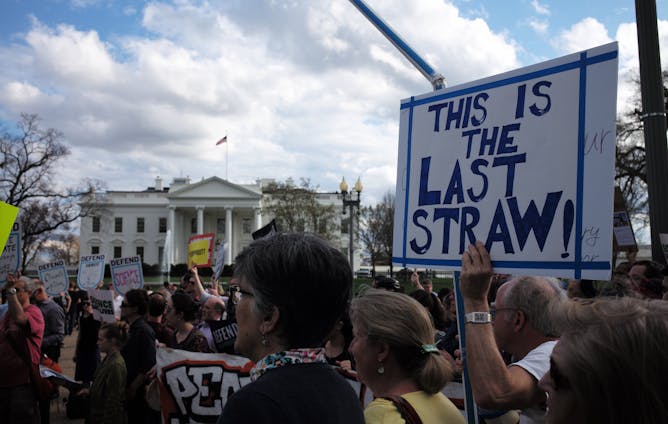
Using language that stresses the “seriousness” or “importance” of climate change in protests and campaigns can lead to counterintuitive results.
(Shutterstock)
Eugene Y. Chan, Toronto Metropolitan University
Messages about climate change must be adapted to people’s histories, differences and expectations.
|
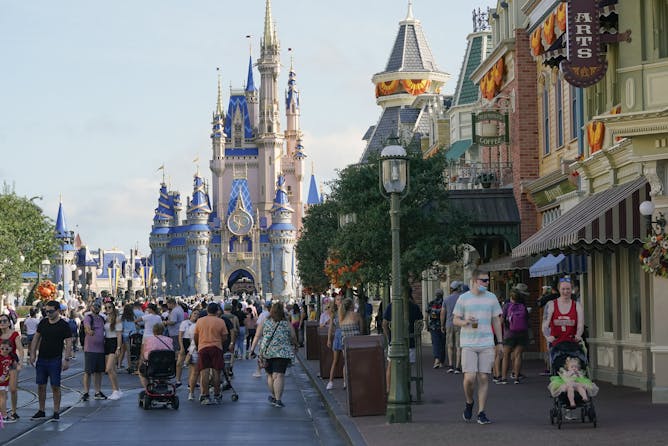
Many critique Disney adults as being victims of exploitation because Disney merchandise and trips to the parks come at a steep price.
(AP Photo/John Raoux)
Hannah McKillop, L’Université d’Ottawa/University of Ottawa
People are increasingly identifying less with religious tradition and are looking for meaning and identity in the things they love most.
|
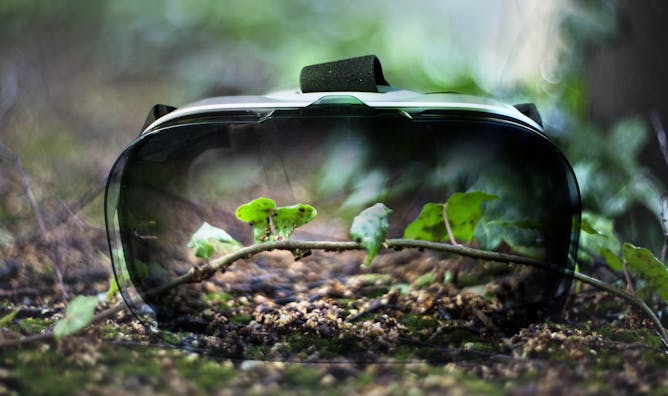
Through virtual reality, students can experience environmental processes that would otherwise be invisible to them.
(Shutterstock)
Micheal Jerowsky, University of British Columbia; Ann Borda, The University of Melbourne
The use of virtual reality and augmented reality in environmental education is controversial, but there are clear benefits.
|
Ukraine Invasion
|
-
Robert Horvath, La Trobe University
The Russian president might claim to be confronting hate speech, but he is drawing on the ideas of anti-Semitic extremists
|
|
Arts
|
-
Priya Vaughan, UNSW Sydney; Alise Blayney, UNSW Sydney; Katherine M Boydell, UNSW Sydney
Stigma and discrimination can be upsetting to talk about and hard to describe. Creative activities can help to bring these experiences to light.
|
|
Politics
|
-
Saori Shibata, University of Sheffield
Abe was Japan’s longest-serving post-war PM. His legacy, while considerable, is mixed.
|
|
Science + Tech
|
-
James Scott, University of Otago; Michele Bannister, University of Canterbury
When the meteor exploded into pieces above New Zealand, it produced a shock wave strong enough to be picked up by earthquake seismometers. But any fragments have likely dropped into the ocean.
|
|